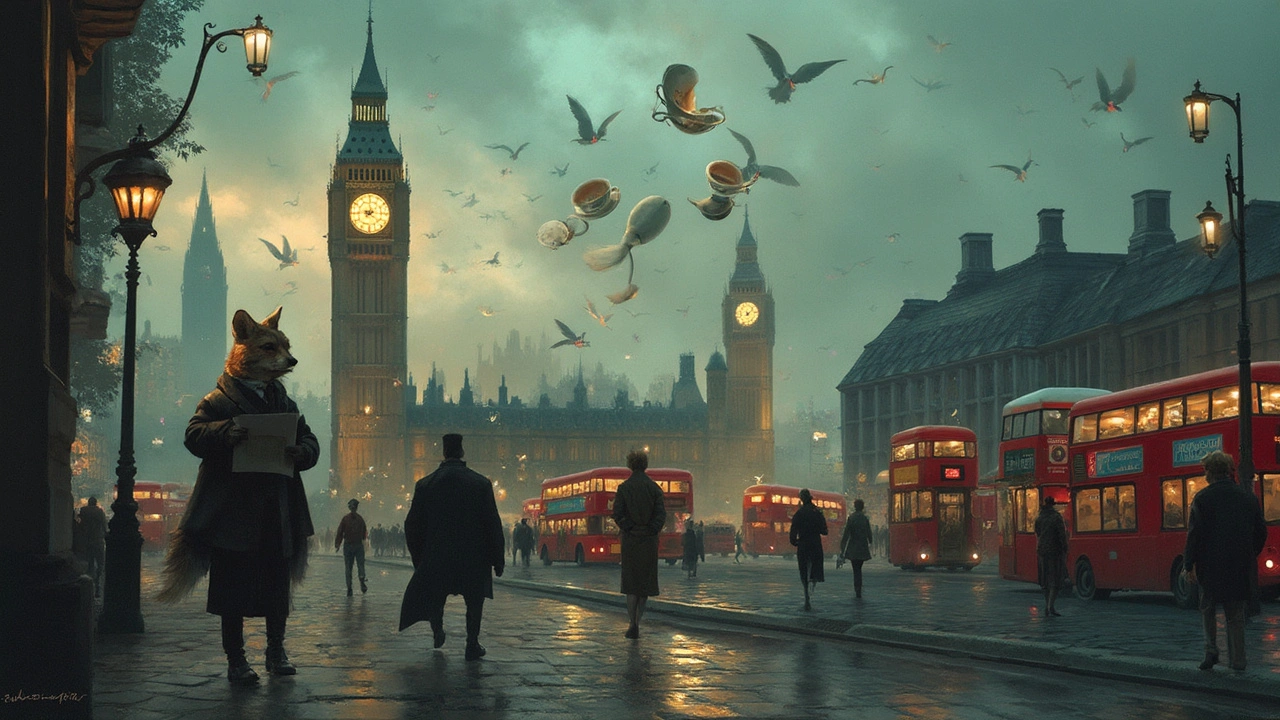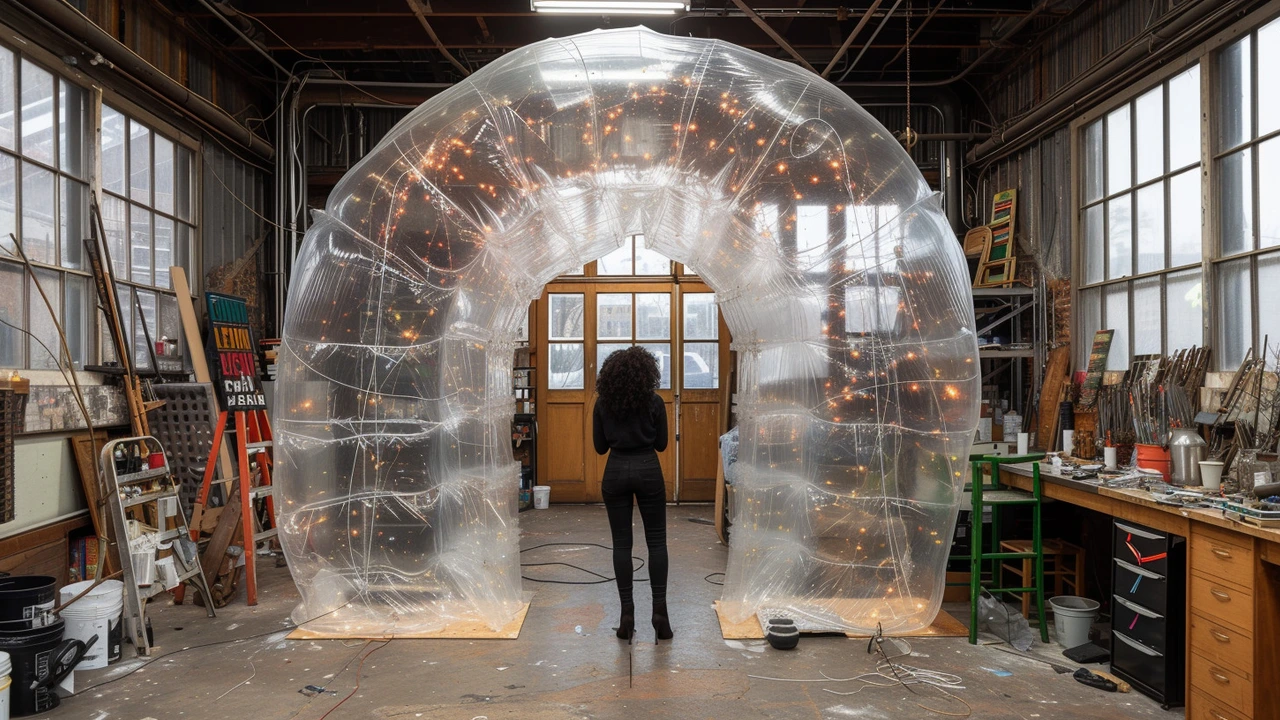Storytelling in Art: How to Read and Make Visual Narratives
Stories in art grab you before you can name them. A photograph, a painting, or an installation can act like a short movie—one strong moment, a clear character, or a clever symbol can tell a whole story. Here I explain straightforward ways artists build narratives and how you can spot or use those tools today.
How artists build a story
Start with a moment. The best visual stories focus on a single scene that hints at a before and after. Photorealism uses tiny details—a smudge, a reflection—to suggest background and mood. Abstract Expressionism uses color and gesture to show emotion instead of events. Both approaches still aim to pull the viewer into a scene that feels larger than itself.
Use symbols and objects. A recurring object (a clock, a shoe, a broken cup) gives a viewer a clue and a thread to follow. Think of ukiyo-e prints influencing Japanese tattoo art: certain icons like koi or waves carry clear meanings that build stories fast. You don’t need complicated metaphors—simple, repeatable signs work best.
Control where the eye goes. Composition and focal points act like a director’s camera. Leading lines, contrast, and scale tell the viewer what to notice first and what to ignore. Installation art often manipulates space and walking paths so the audience experiences a sequence—one step after another—creating a literal narrative in movement.
Practical tips to tell better visual stories
Pick one clear idea. Don’t try to explain everything. If your piece is about loss, choose one scene or object that will represent that idea each time a viewer returns to the work.
Think in beats. Break the story into 2–4 moments: setup, tension, reveal, after. You can show these in one image with layers or across a series. Street art and installations often use sequences across walls or rooms to guide the viewer through beats.
Use color as shorthand. Warm tones can mean comfort or danger depending on context; cool tones can mean calm or emptiness. Match color choices to the emotion you want people to feel first, then add detail for deeper meaning.
Leave space for the viewer. A good narrative gives hints but not a full script. The Harlem Renaissance artworks, for example, offered bold cultural statements while letting viewers fill in personal stories—this keeps work alive and personal.
Test with a friend. Show your work and ask, “What happened here?” If answers match your intent, you’re on the right track. If not, tighten the focal point, simplify symbols, or sharpen the sequence.
Storytelling in art isn’t a trick. It’s a set of choices—moment, symbol, composition, color, and pace. Use these simply, and your next piece will speak clearer and hit harder.


